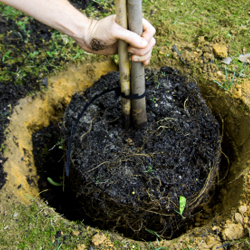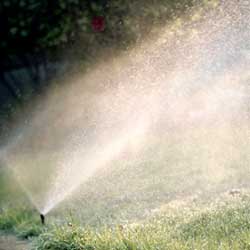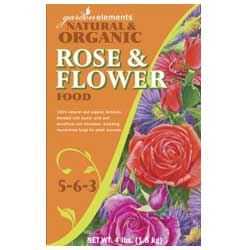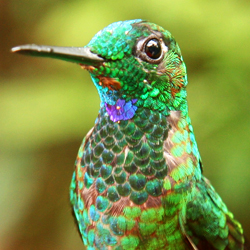This spring, enjoy being outside and seeing (and eating) the fruits of your labors!
General
- Weed, weed, weed.
- Add organic matter to the soil to improve tilth and water retention.
- Mulch to reduce watering requirements
- Control scale on shrubs and fruit trees by spraying all season spray oil.
- Watch for areas where plants are dry, check the irrigation system for blockages or insufficient spray.
Lawn
- Apply lawn fungicide.
- Apply lawn grub control.
- Apply broadleaf and Bermuda grass control, if needed.
- Be sure the blades are sharp on the lawnmower to make a clean cut. Mowing at a higher setting saves water and promotes lawn health.
Landscape
- Roses: Continue feeding every two weeks with combination fertilizer and systemic insect control. Remove dead flowers to encourage more blossoms. This also reduces hiding places for earwigs and other insects.
- Infrequent deep watering of trees and shrubs saves water and encourages deep root growth.
- Protect Japanese maples from moisture loss during the higher temperatures.
Fruit Trees
- If you do not want fruit to form, begin spraying a “fruit eliminator” when the tree is in full bloom.
- Thin apples and other fruits to ensure larger and tastier fruit.
- Whitewash fruit tree trunks to prevent splitting.
- Fertilize citrus trees.
- Protect fruit from birds by using netting or scare tactics such as hanging reflective tape or owl statues.
Pest Control
- Slug control time!
- Hang yellowjacket traps, if needed.
- Release ladybugs to attack aphids.
Vegetables
- Transplant purchased vegetable plants for faster harvesting.
- Watch for pests. Spray oils are effective for most pests.
- Liquid copper spray on tomatoes discourages pests and fungus.
- Applying calcium around tomatoes encourages blossom set. If tomatoes still don’t form, ask your garden center about blossom set hormone spray.
- As temperatures increase, watch for tomato hornworm devastation. Control by handpicking or using products containing Bacillus Thuringiensis (BT), which is effective on many types of caterpillars.
Houseplants
- Continue to check plants for pests such as spider mites, aphids, and fungus gnats.
- Transplant if roots are emerging from drainage holes.
- Continue to check overall appearance of plant. If leaning towards the winter, turn it. If becoming burned from window light, move to another location.
- Return summer-outside plants to their outdoor locations.








